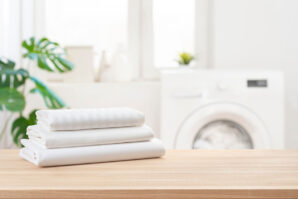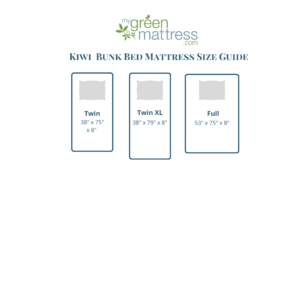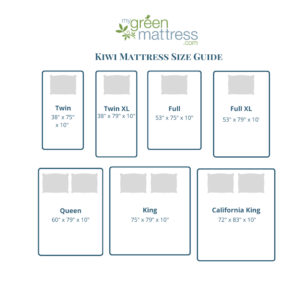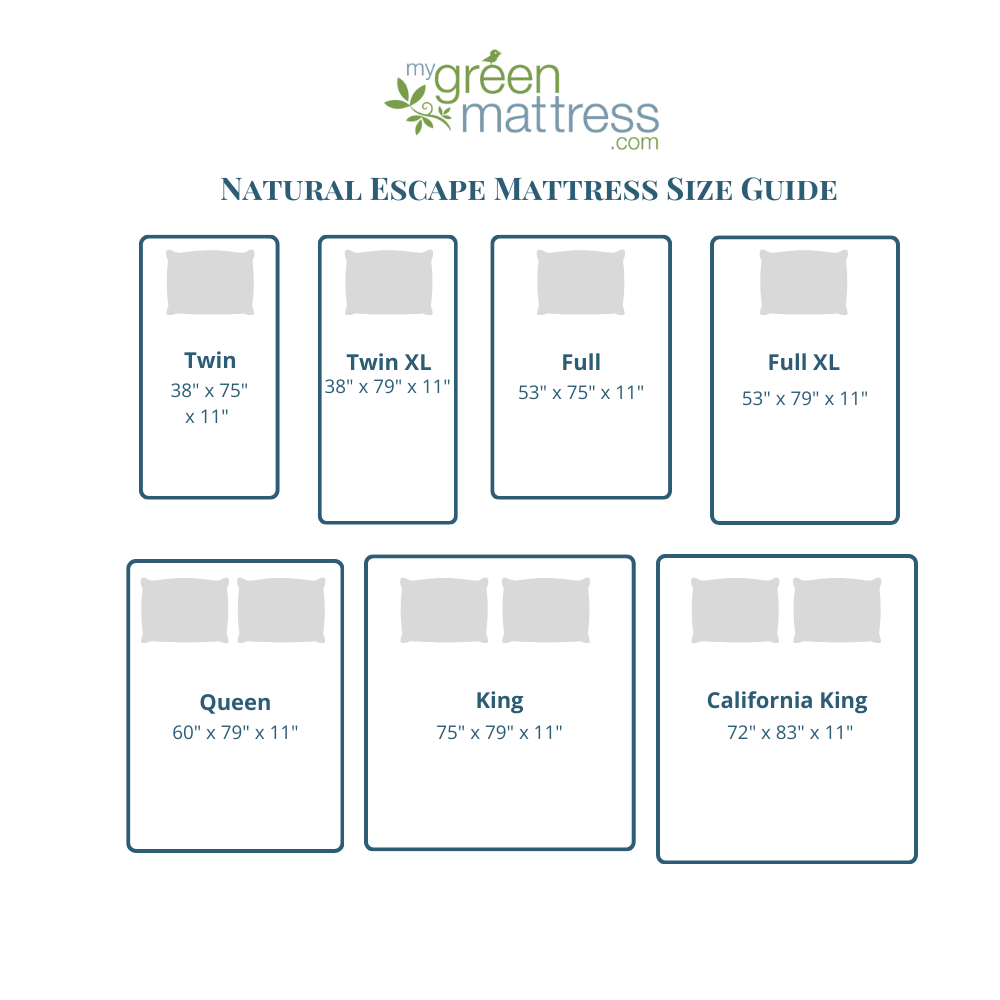You may have heard the term “forever chemicals” in recent news and perhaps you are wondering whether you need to be worried about your own family’s exposure to these. “Forever chemicals” are raising important questions about what’s lurking in our everyday products. One major group of these chemicals is known as PFAS (per- and polyfluoroalkyl substances). They’ve been linked to various health concerns, and it’s crucial to understand what they are and how to keep them out of your sleeping environment.
What Are PFAS?
PFAS are a group of man-made chemicals that have been used since the 1940s in a range of products due to their water- and grease-resistant properties. Commonly found in items like non-stick cookware, water-repellent clothing, and food packaging, these chemicals can resist breaking down in the environment. They can persist for years, earning them the nickname “forever chemicals.”
Why Are PFAs a Concern?
Research has linked PFAS exposure to various health issues, including:
- Hormonal disruptions
- Immune system impacts
- Increased cholesterol levels
- Certain cancers
Given their widespread use, it’s important to minimize exposure, especially in your sleeping environment, where you spend much time each day.
How to Avoid PFAS in Your Sleeping Environment
Here are some simple steps you can take to reduce your exposure to PFAS while you sleep:
Choose safe bedding and mattresses
Look for products certified by organizations like Made Safe, which screens items for harmful substances, including PFAS. Opt for organic mattresses and bedding made from natural, organic materials free from chemical treatments.
Use natural fabrics
Select sheets, pillowcases, and blankets made from natural fibers, such as organic cotton, linen, or bamboo. Avoid synthetic fabrics, which may have been treated with PFAS or similar chemicals.
Check for water-repellent & stain-resistant treatments
Be cautious with any water-repellent sprays or finishes applied to bedding or sleep accessories. Look for products that specifically state they are PFAS-free. Many stain-resistant treatments on fabrics also contain PFAS. When purchasing new bedding or sleepwear, check the labels and ask questions about any treatments used.
Research brands and products
Before making a purchase, do some research. Look for brands prioritizing transparency and offering products tested for PFAS and other harmful chemicals. Reading reviews and checking certifications can help you make informed choices.
Air out new products
When you buy new bedding or mattresses, allow them to air out in a well-ventilated area for a few days before using them. This can help reduce any residual chemicals from manufacturing.
Understanding PFAS and how to avoid them is an important step in protecting your wellbeing. For more resources and tips on choosing safe products, visit Made Safe and explore their guidelines on chemical-free living.









